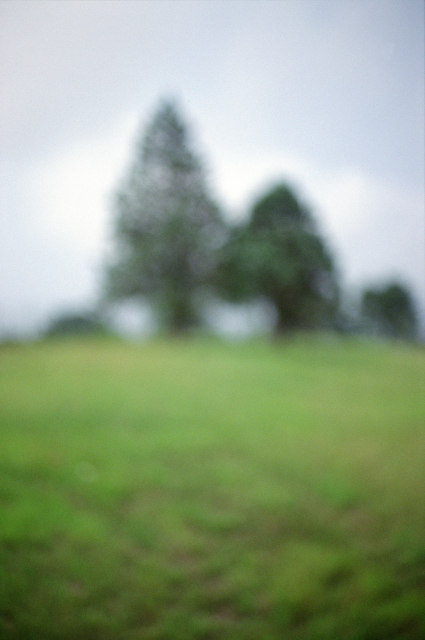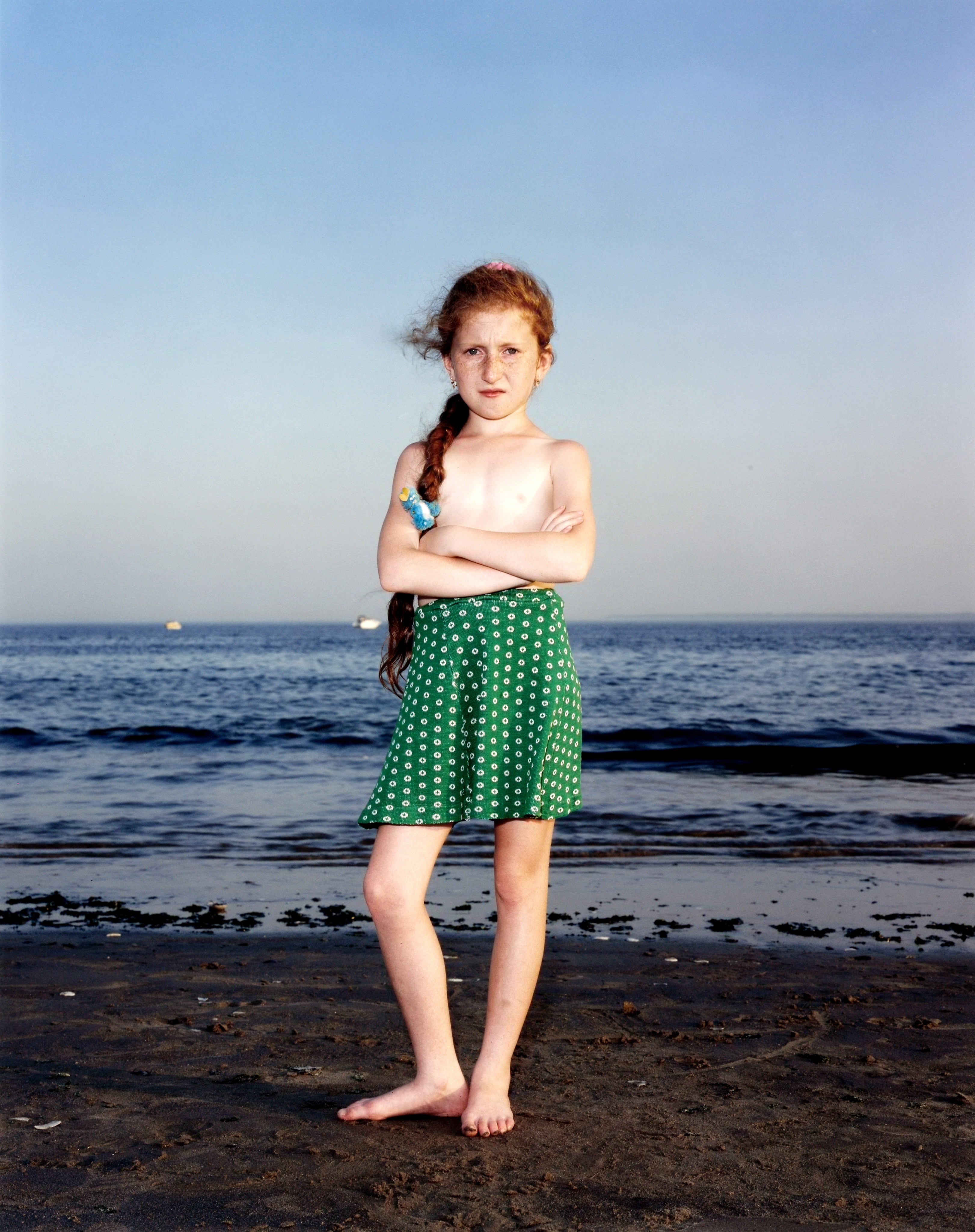Agnes Martin
Letter from Agnes Martin to Pace Gallery founder Arnold Glimcher.
Dear Arnold,
I have only one worry in the world. It is that my paintings will show downtown and fail there. They will fail because they are non-aggressive - they are not even outgoing - in a competitive environment, with big displays of aggressive art work.
With the dark paintings it was not bad because they do have some "force". I did not get one compliment on that show, however.
The competitive environment is made by the huge audience of mostly young (ambitious) painters that are "making" the "scene".
The "art scene" is really a lot of words put out by journalists. With its charming trends it bears very little relation to ART defined as part of the structure of social human life. I particularly do no want to be on the art scene. If you come on with the scene you go off with the scene. I want to stay away from it. It is downtown with these young artists. They are not like the students who do not yet think of "the market". They are really wild.
I am deeply concerned about this. What I want is so far from the downtown scene, just a little room, just a few paintings contemplated quietly. Unaggressive paintings*, unaggressive showing - just the opposite. It worked well in the past.
Hoping you agree with me, Agnes.
* P. S. for unaggressive collectors.

(photo: Lisa Day Sandstrom)

Elizabeth Peyton
 WHAT WONDROUS THING (LOHENGRIN), 2012
WHAT WONDROUS THING (LOHENGRIN), 2012 DENEUVE AND TRUFFAUT ON THE SET OF ‘MISSISSIPPI MERMAID’, 2005
DENEUVE AND TRUFFAUT ON THE SET OF ‘MISSISSIPPI MERMAID’, 2005Hiroshi Sugimoto
 IRISH SEA, ISLE OF MAN, 1990
IRISH SEA, ISLE OF MAN, 1990Hanna Liden

KARMA: NEW YORK, 2014

William Gedney



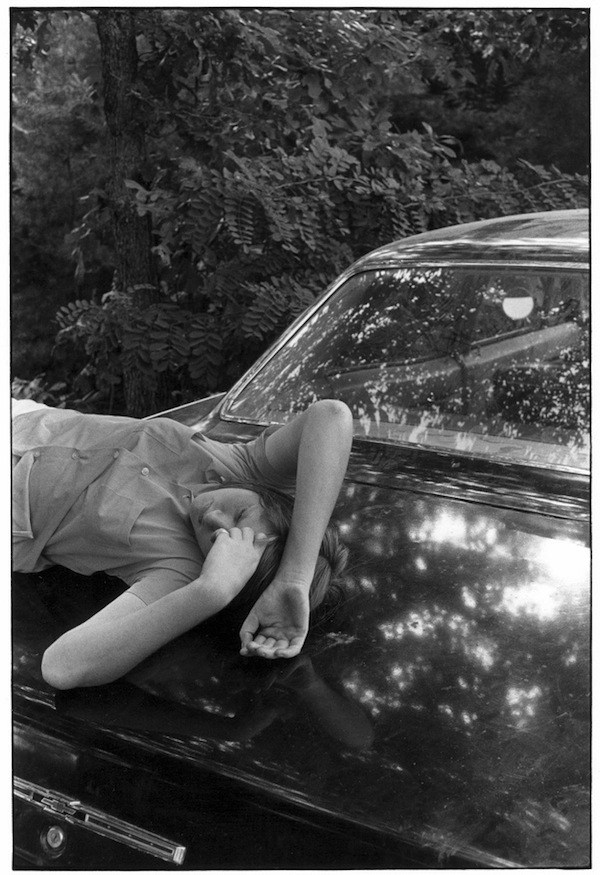
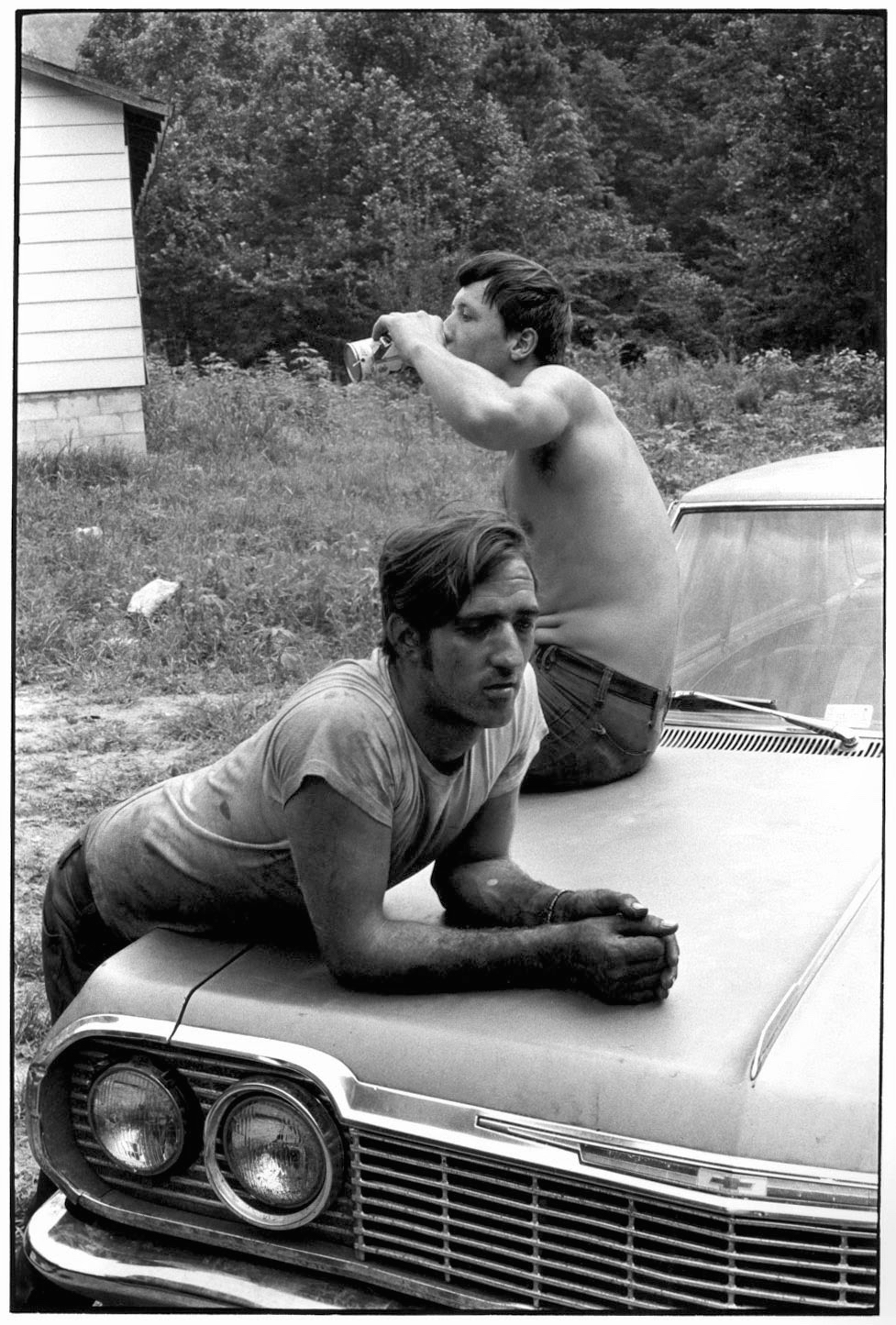

W. W. NORTON: NEW YORK, 2000

The very things which an artist would leave out, or render imperfectly, the photograph takes infinite care with, and so makes its illusions perfect.
What is the picture of a drum without the marks on its head where the beating of the stick has darkened the parchment?
(Oliver Wendell Holmes)
----
We can not shake the illusion of the truthfulness of photography. - William Gedney
Siri Hustvedt
"Every painting is always two paintings: The one you see, and the one you remember."
Joan Mitchell
MERCI, 1992“Completed about the same time, Joan's approximately nine-by-twelve-foot diptych movingly titled Merci makes its viewers feel small because of the scale of its strokes, the wallop of its colors, and the vastness of its space.
Four powerfully painted calligraphic shapes—five including a scribble of near white on white— hang in the void. Joan’s marks are primal, charged, and devoid of convention, cliché, or irony. How anyone frail, arthritic, semi-ambulatory, farsighted, and dying of cancer could make such a swaggeringly bold painting will always be a mystery.
Short-hand for Joan’s lifelong adoration of painting. Merci contains the lake, the sunflower, and the tree; the blue and the orange; the white; van Gogh, Cézanne, Matisse, and the Great Abstract Expressionist Mark; fear, fury, aloneness, and love.”
(Joan Mitchell “Lady Painter”, Patricia Alberts, pg 429)

Ian Wallace
MASCULIN / FÉMININ, 2012
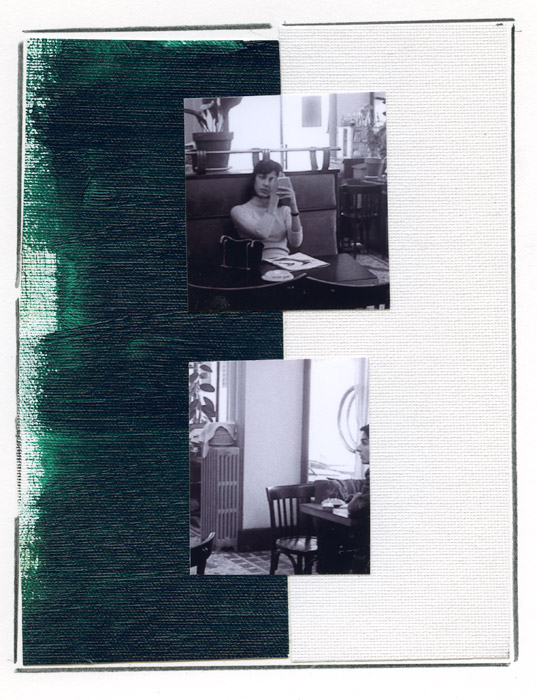
Michael Almereyda
Skinningrove, 2013, 15 min.
About the making of the short:
Skinningrove is drawn from a slide lecture that Chris Kilip showed in preparation for their conversation, which Almereya decided to document: “We shot two takes, two camera angles, late one afternoon. In the course of editing I began to realize that the Skinningrove chapter would make a film on its own. The photographs embodied something essential about Chris’s relationship to his subjects, to the world. And so an hour-long lecture was whittled down to fifteen minutes.”
Mark Rothko
FROM MARK ROTHKO AT MOCA PDC, JAN 2007 BLACK ON DARK SIENNA ON PURPLE, 1960
BLACK ON DARK SIENNA ON PURPLE, 1960 RED AND BROWN, 1957
RED AND BROWN, 1957Catherine Breillat
A SHORT FILM MADE FOR VENEZIA 70 - FUTURE RELOADED, 2013, 2 min.“Today, cinema is the art most dependent on money. Money desires not splendor, but to be multiplied.”
Joel Meyerowitz
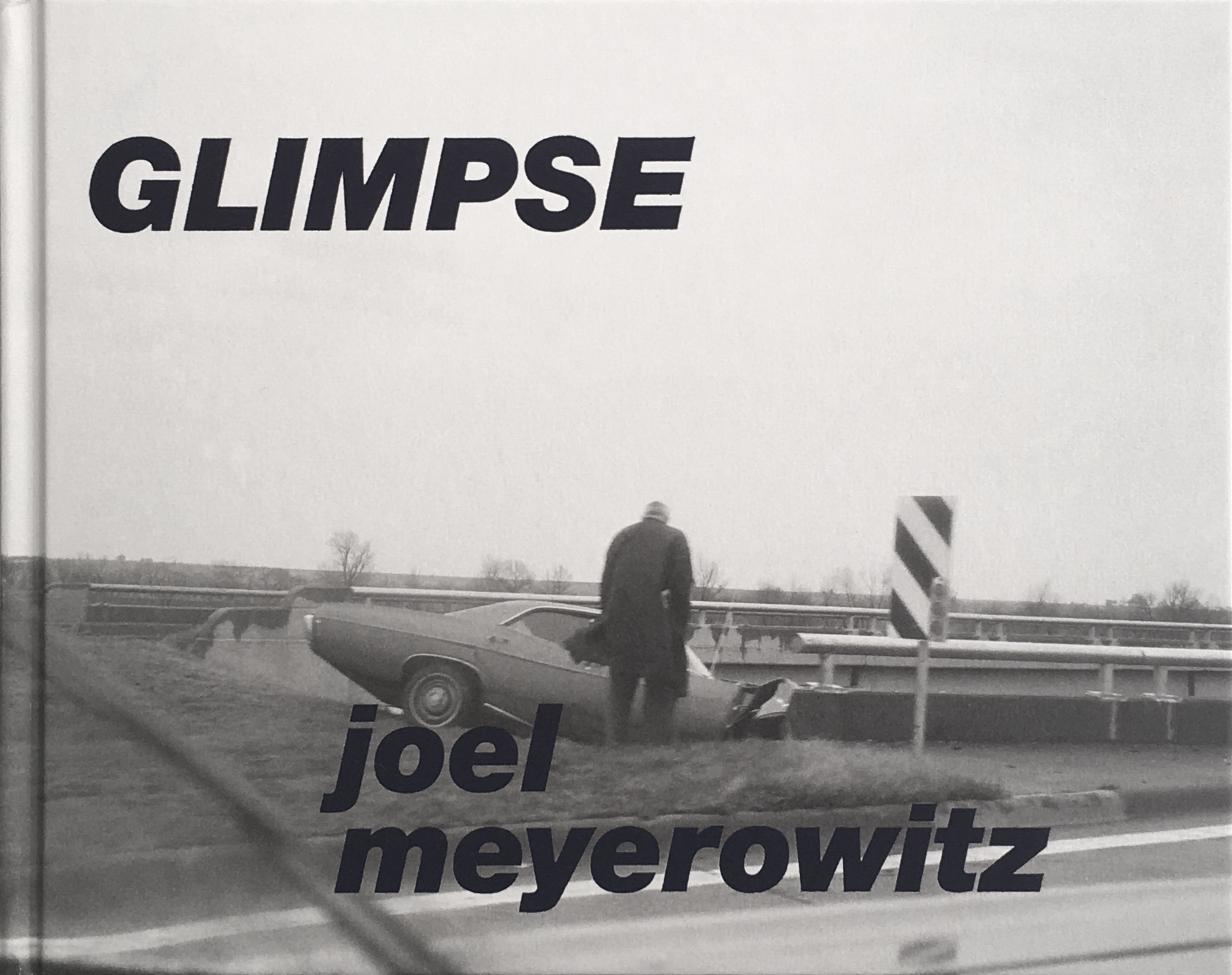
SUPER LABO: TOKYO, 2014



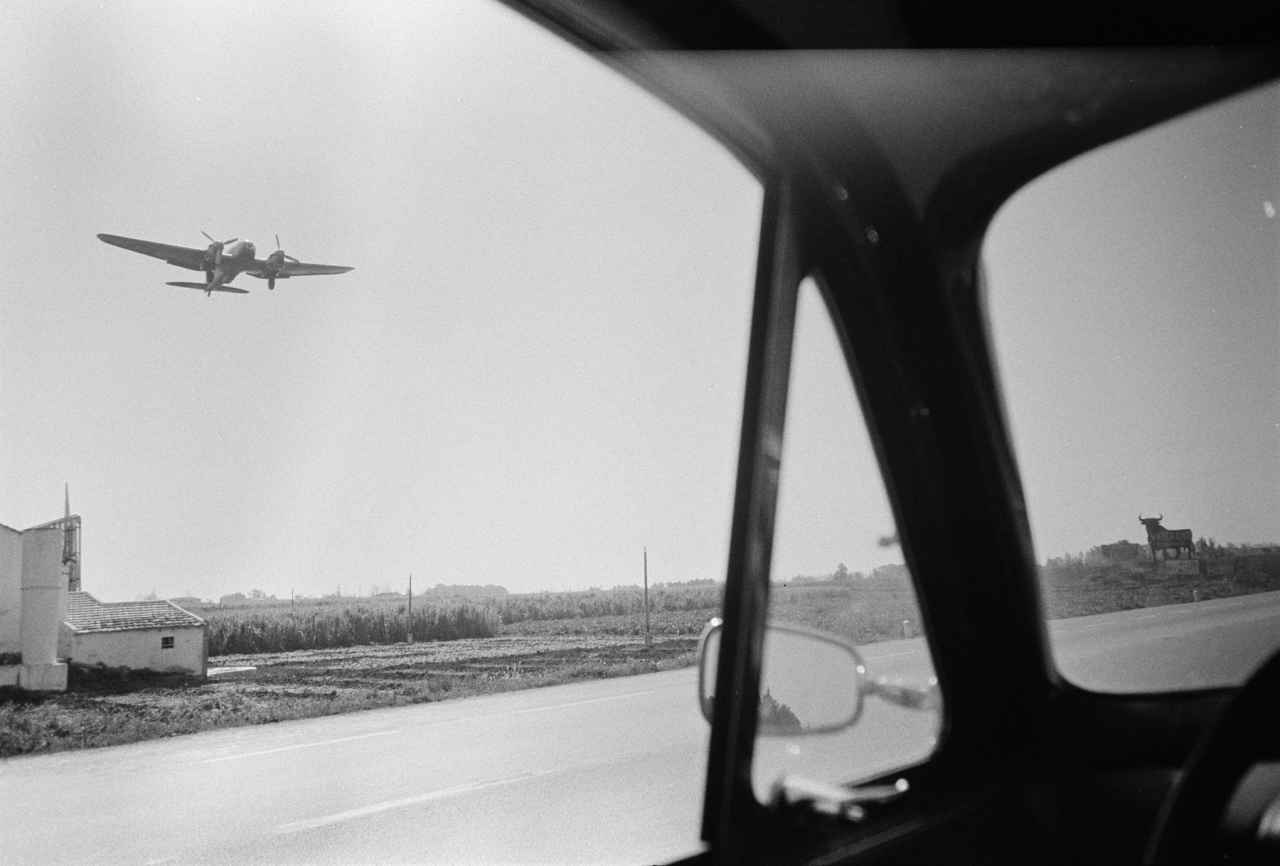
‘I began to understand that the car window was the frame, and that in some way the car itself was a camera with me inside it, and that outside the world was scrolling by with a constantly changing image on the screen. All I had to do was to raise the camera and blink to make a photograph. In this way I surrendered all the controls I had normally developed when I was out walking, for the raw, fragmentary images that were emerging out of my moving world.' —
Joel Meyerowitz.
Nan Goldin
 JOANA WITH VALERIE AND REINE IN THE MIRROR, L'HOTEL DES BEAUX ARTS, PARIS, 1999
JOANA WITH VALERIE AND REINE IN THE MIRROR, L'HOTEL DES BEAUX ARTS, PARIS, 1999 SELF-PORTRAIT IN BLUE BATHROOM, LONDON, 1980
SELF-PORTRAIT IN BLUE BATHROOM, LONDON, 1980I’ll be your mirror
David Armstrong

Peter Hujar
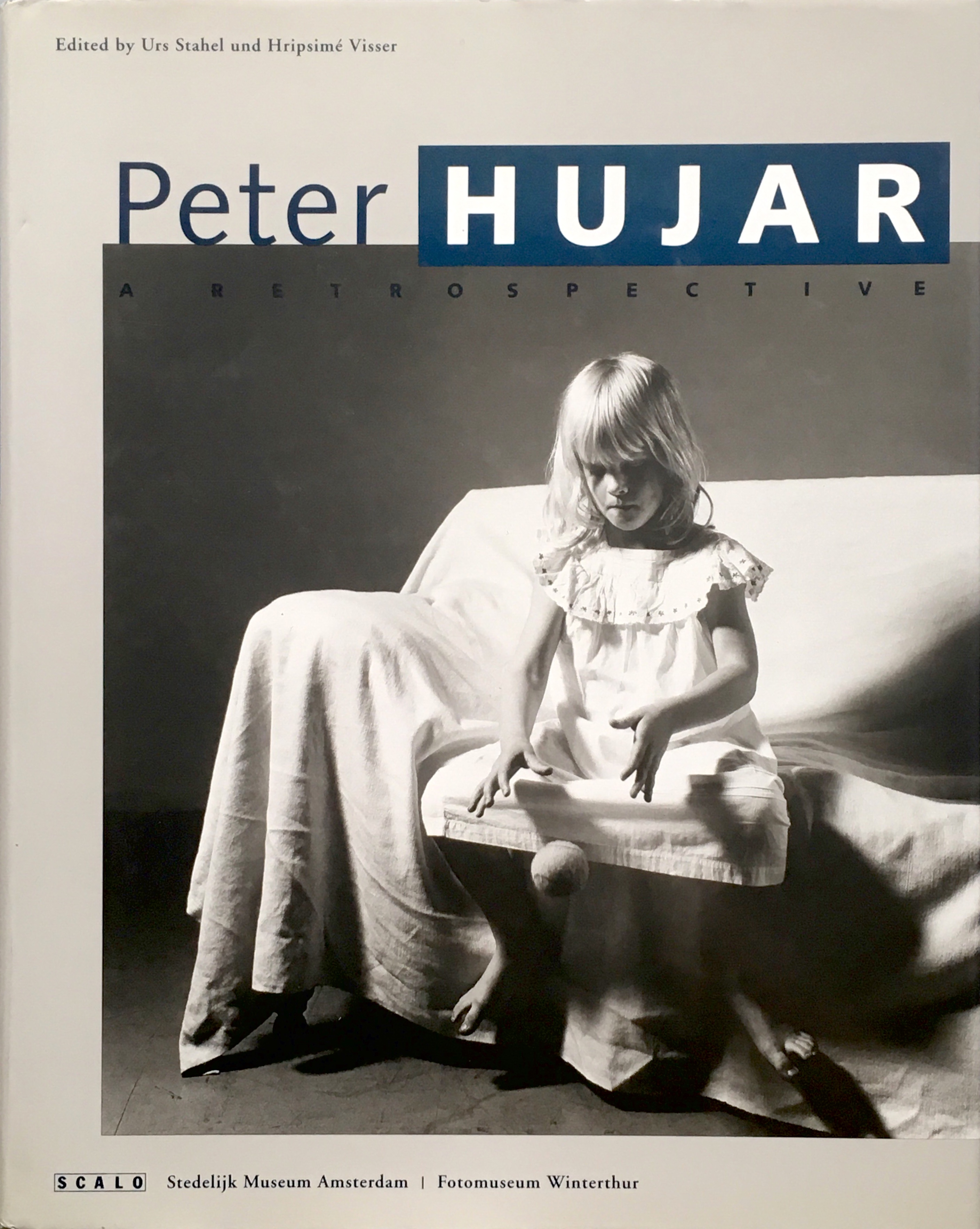
SCALO: ZURICH, 1994





Howard Hodgkin
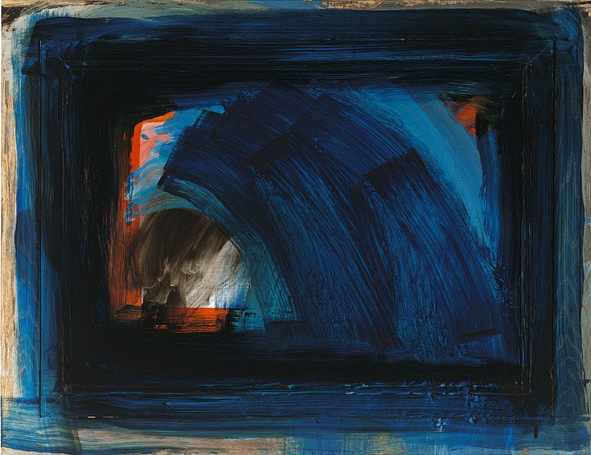 GRIEF, 1999-2002
GRIEF, 1999-2002“One of the few skills, as such, that I can be said to have acquired is to make the beginning and the end lie down side by side,” he says with particular care. So how does he know when his work is done? “When the original feeling comes back as a painting.”
Newyorker: Howard Hodgkin at the Gagosian, NYC, 2003
 THE SKY IS THE LIMIT, 2002
THE SKY IS THE LIMIT, 2002Axel Hütte

HOLZWARTH PUBLICATIONS: BERLIN, 2002









Ori Gersht
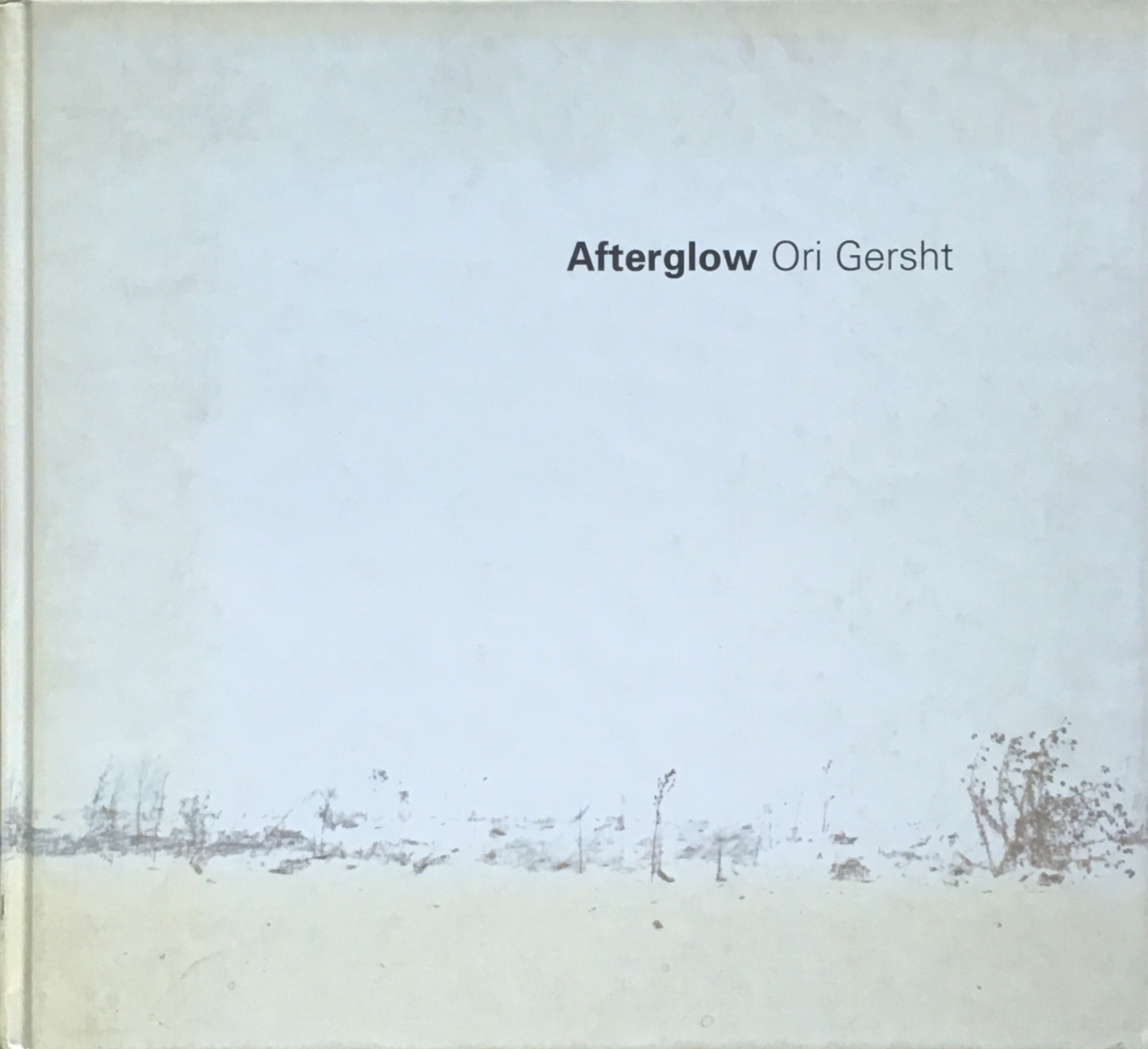
AUGUST MEDIA & TEL AVIV MUSEUM OF ART: LONDON & TEL AVIV, 2002

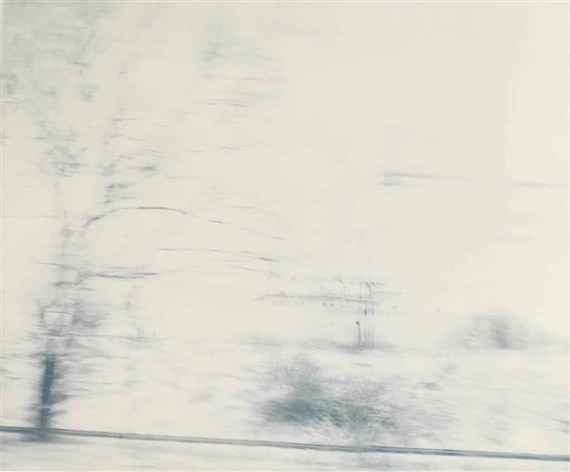
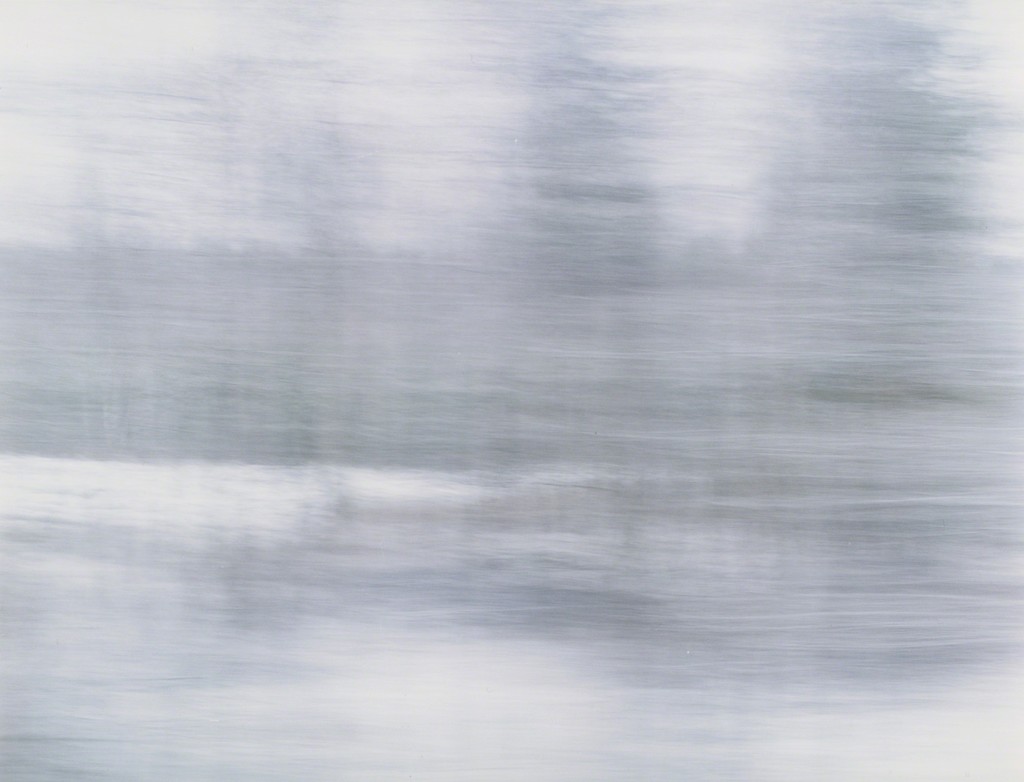
Uta Barth

MOCA, 2002
FROM UTA BARTH ‘PERIPHERAL VISION’ AT THE GETTY CENTER, NOV 2022

Wolfgang Tillmans
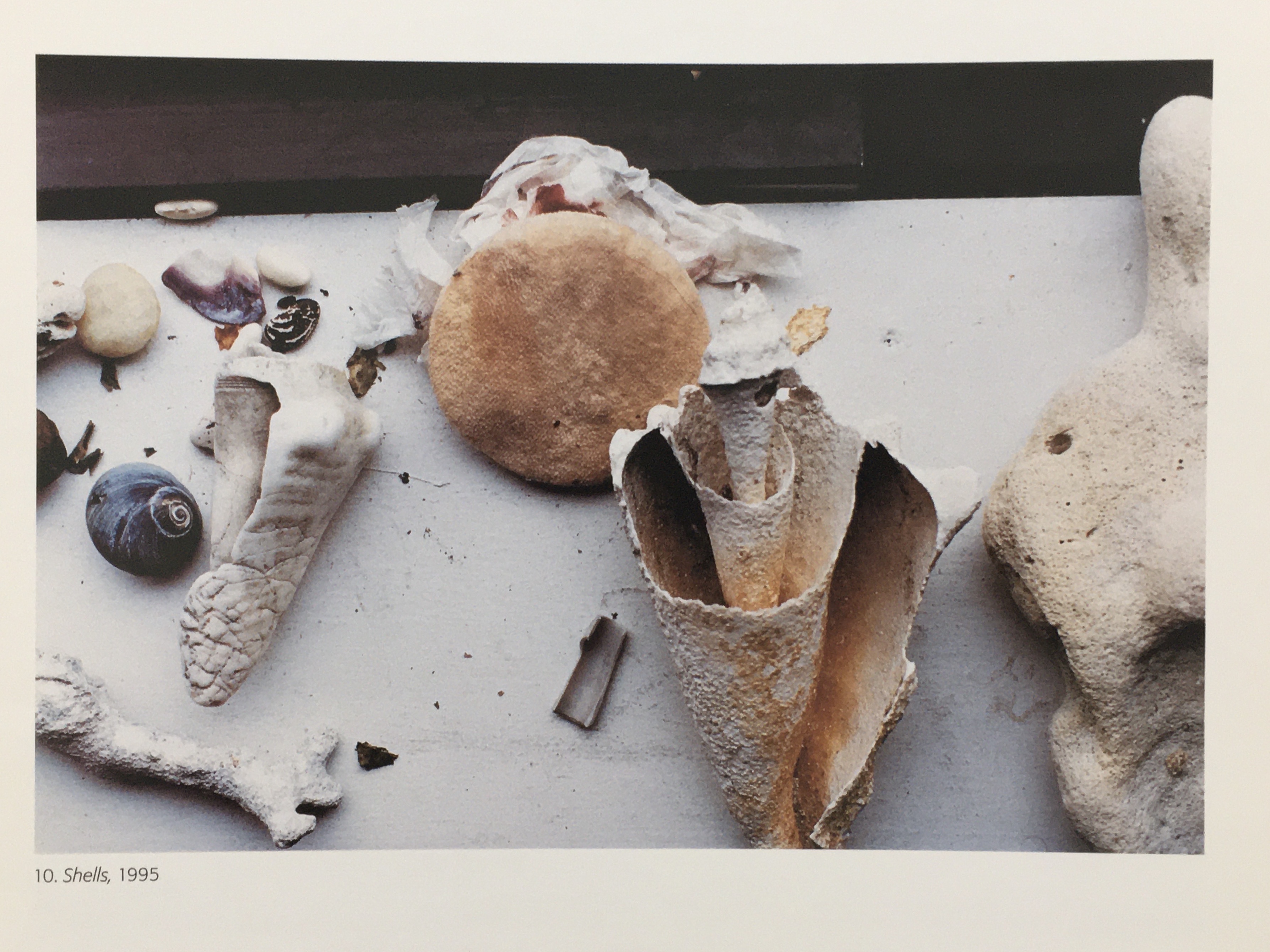

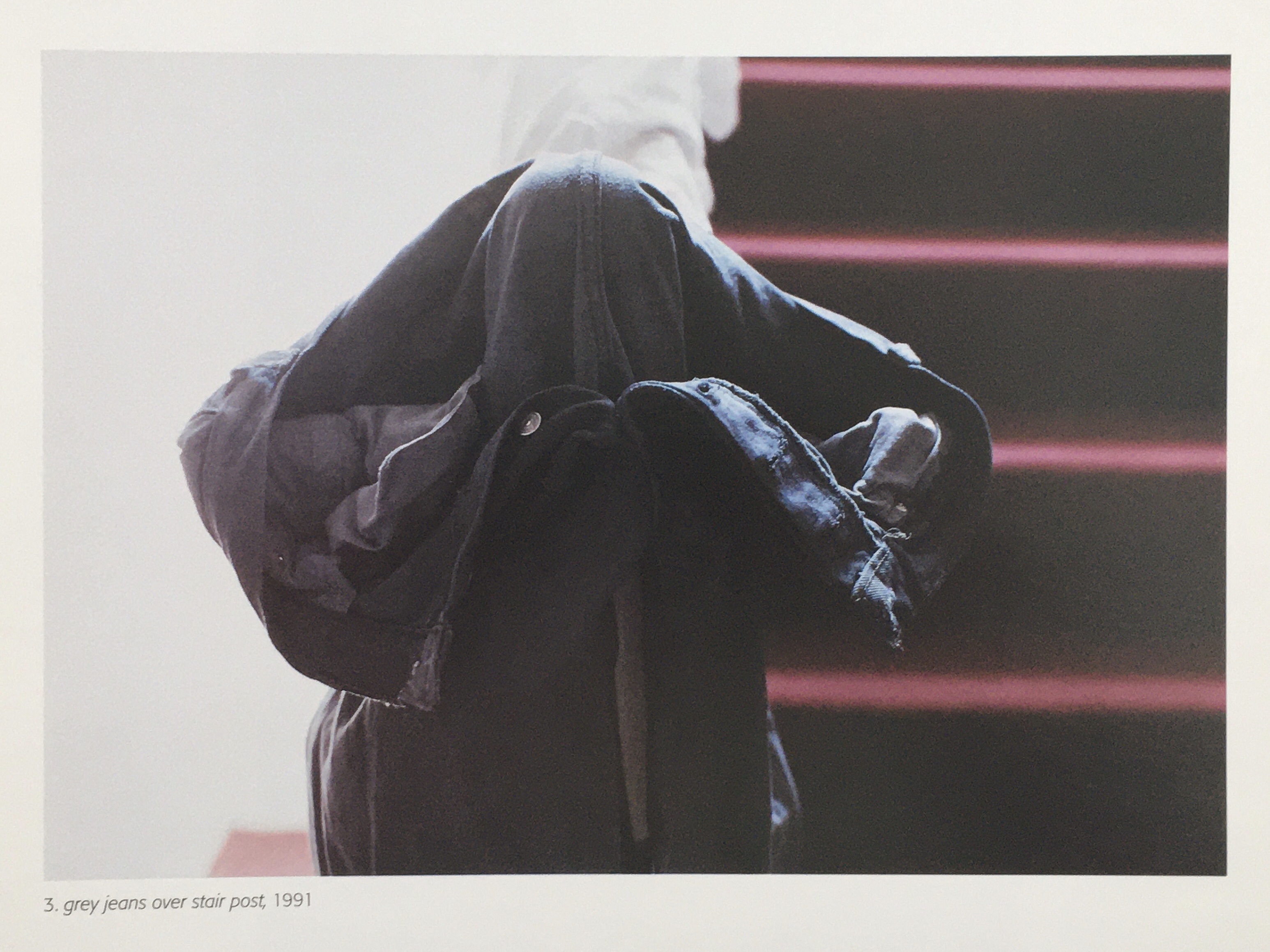
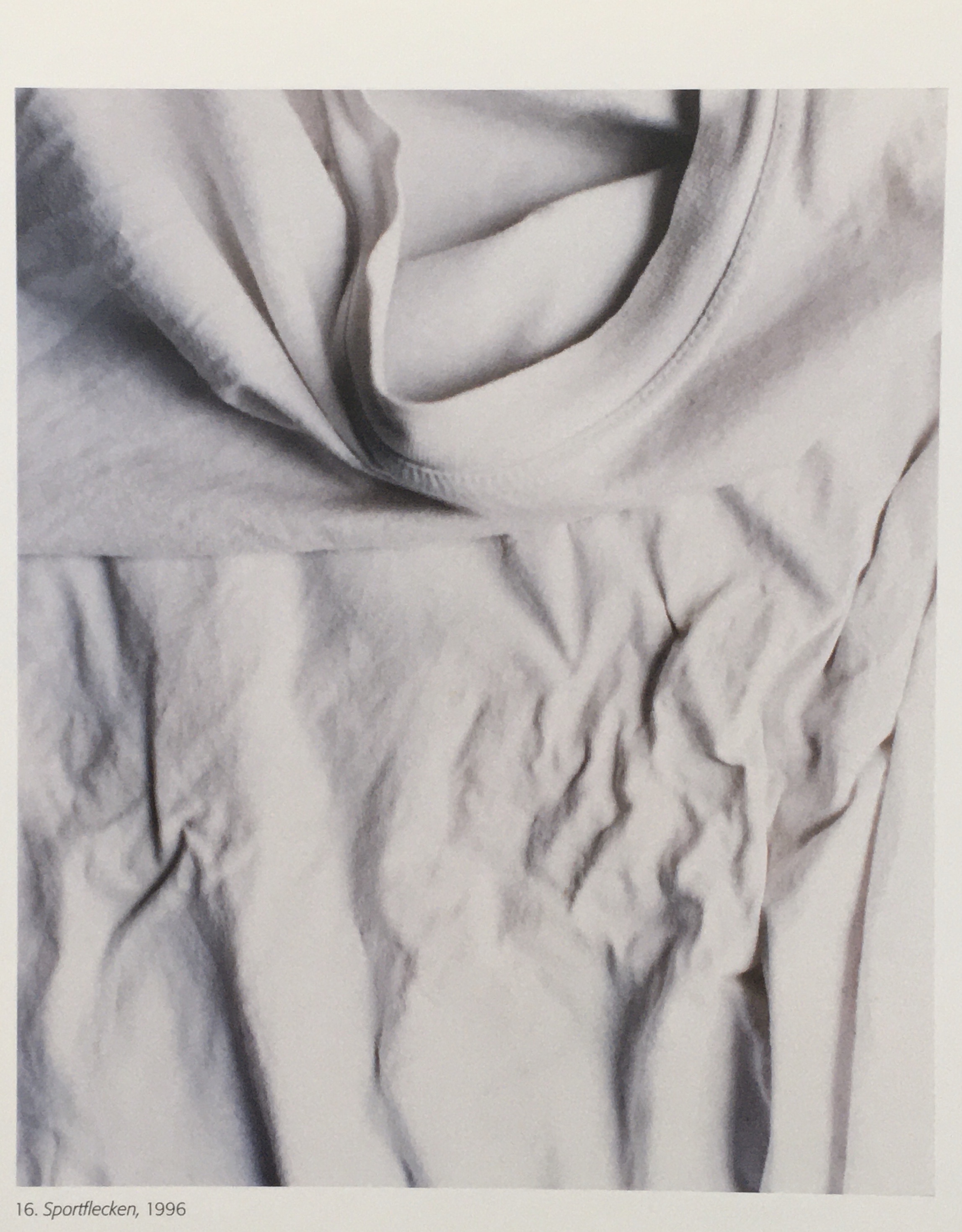
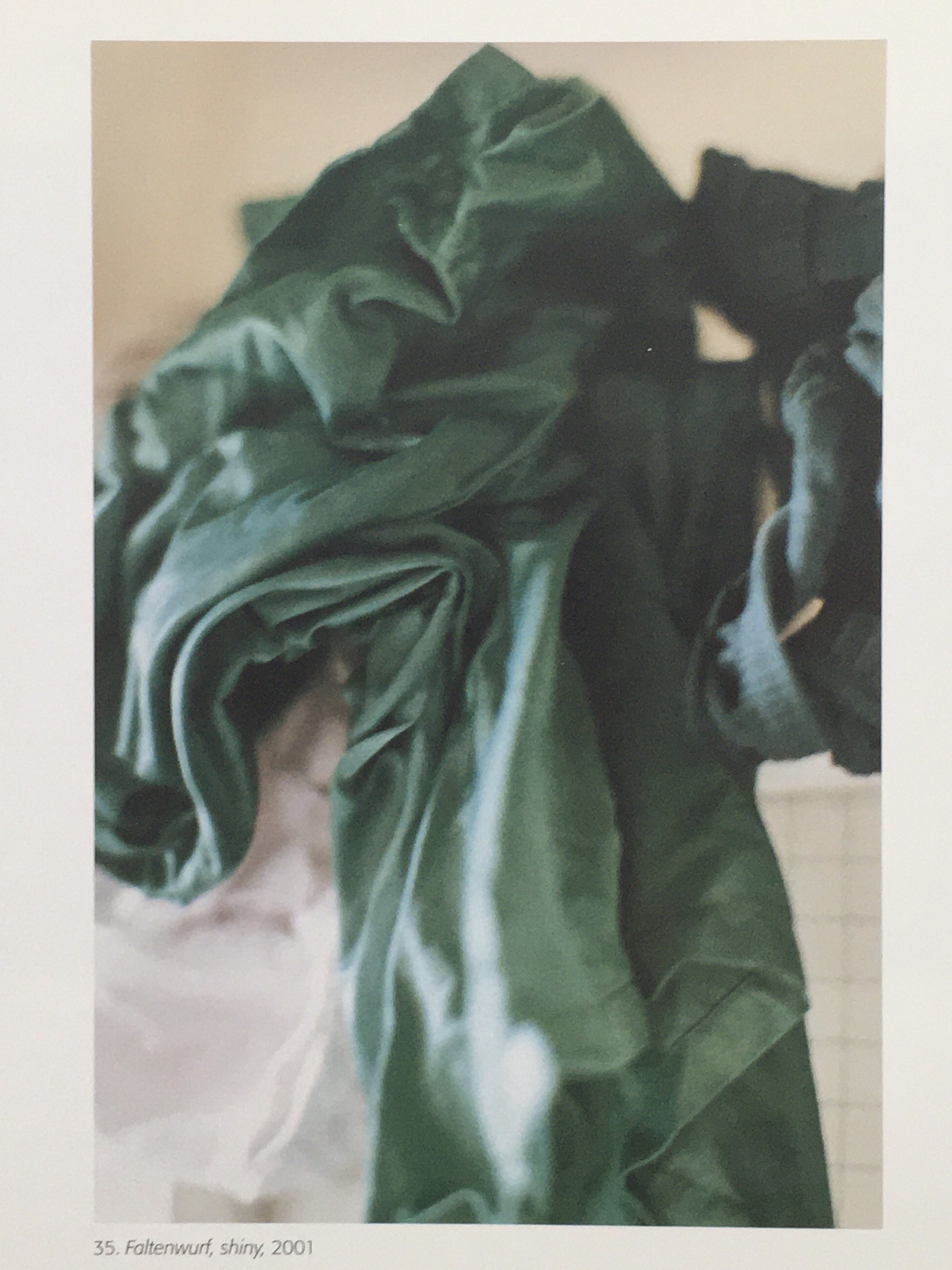
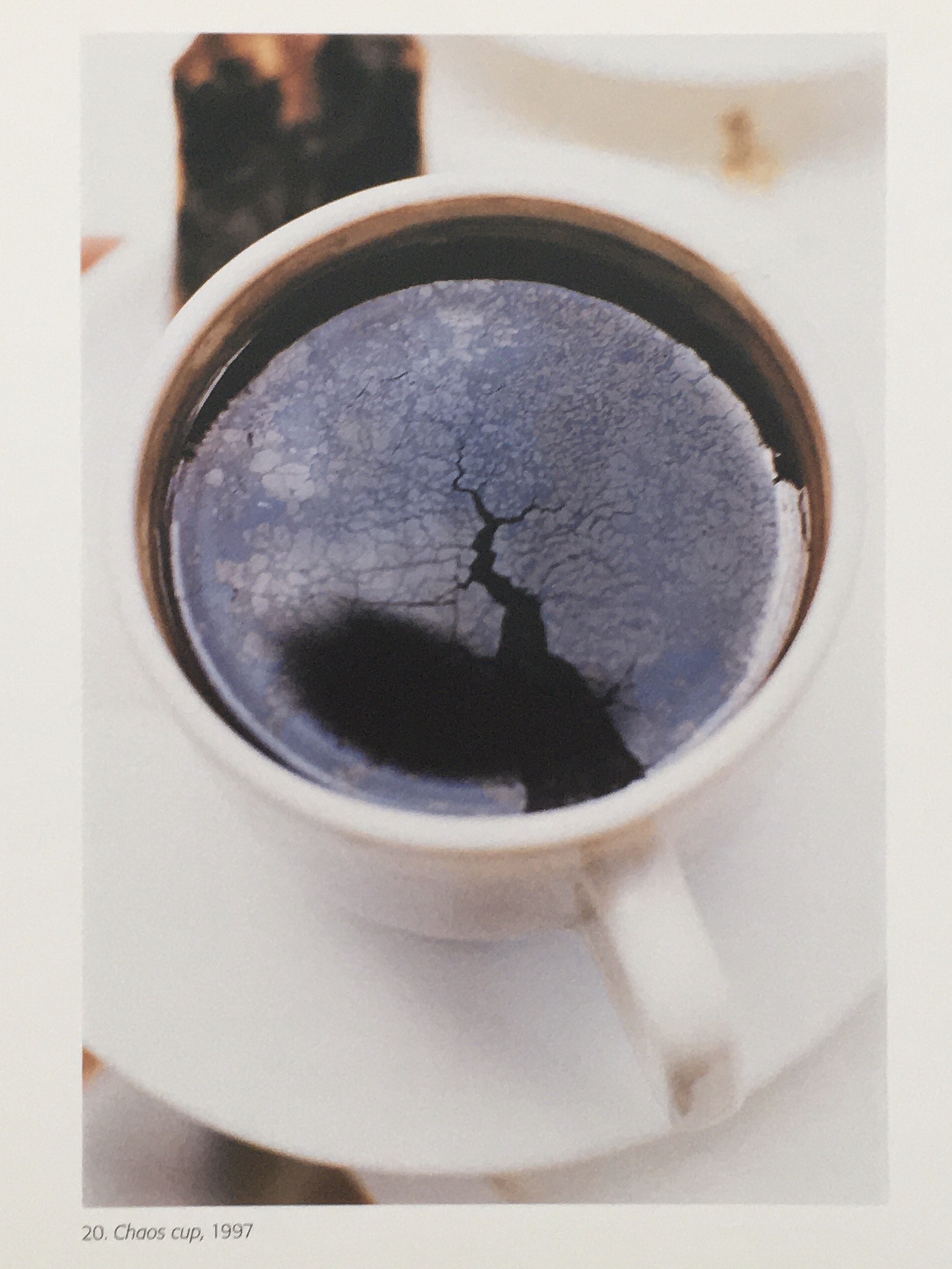
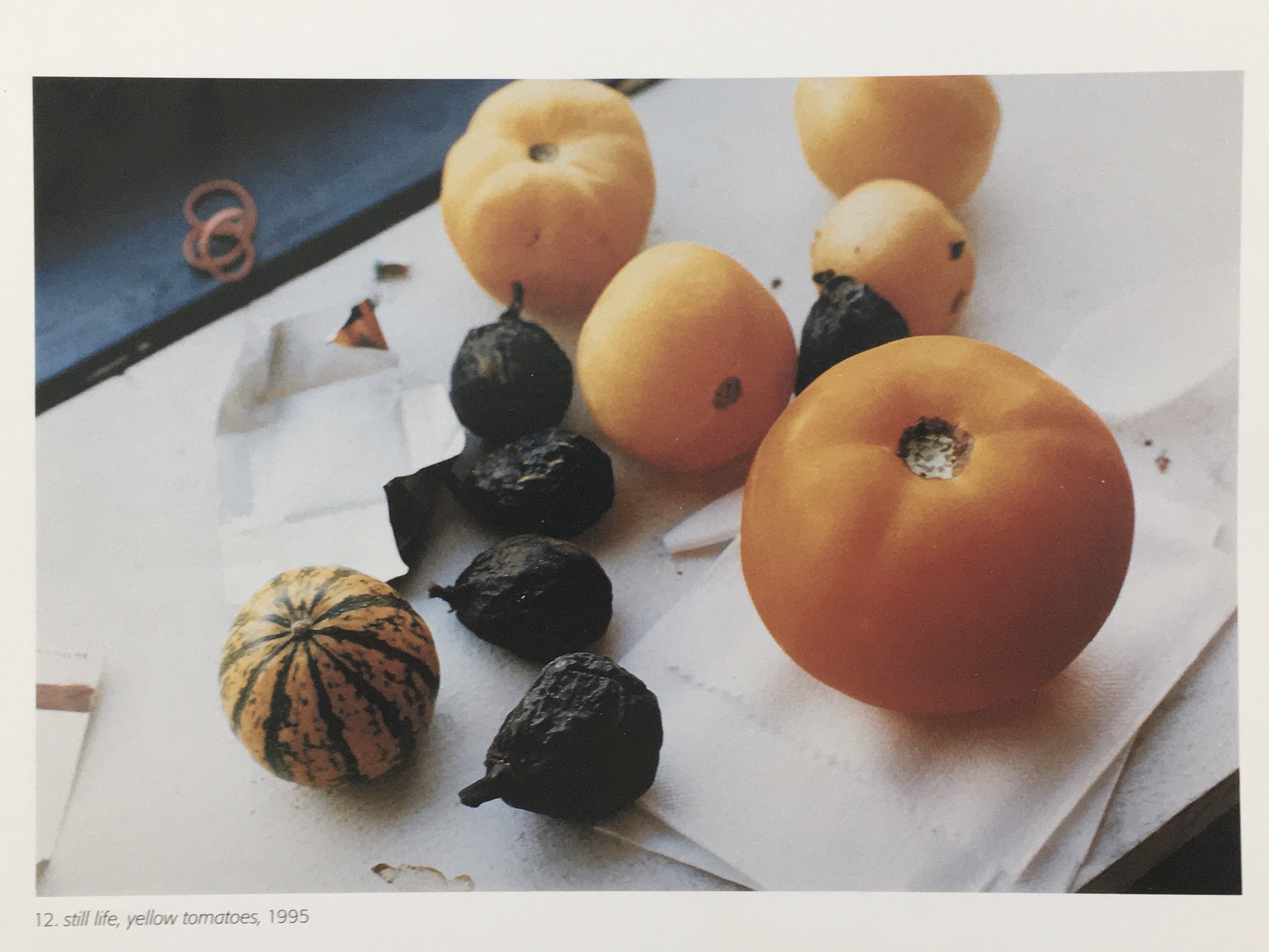
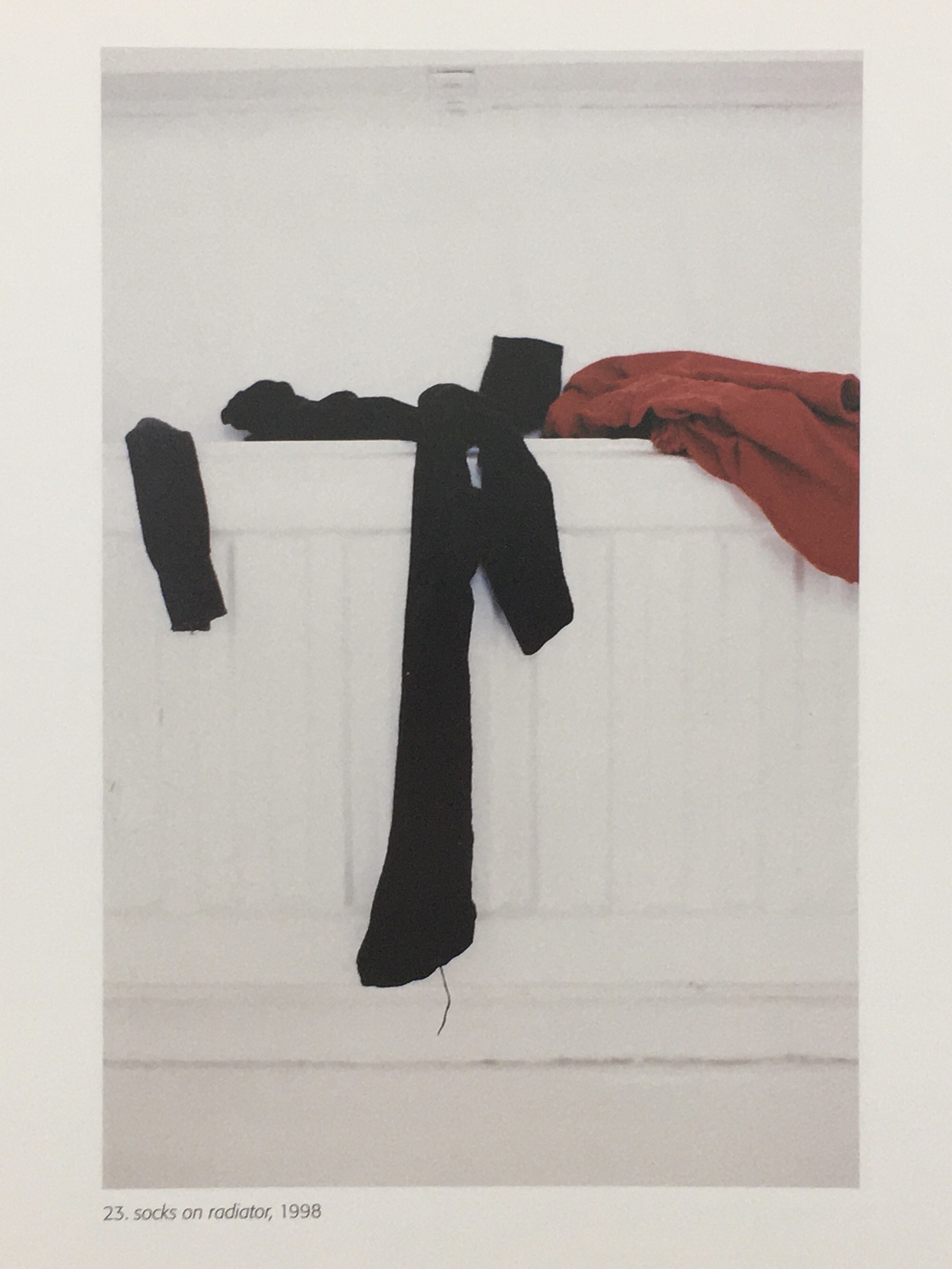
HARVARD UNIVERSITY ART MUSEUMS, 2002
Lynne Ramsay
Swimmer, 2012, 17 min.
A SHORT FILM COMMISSIONED BY LONDON OLYMPICS.“For me, a good film has to tell a good story, but more than that, it has to know how to manipulate the language of cinema.”
- Lynne Ramsay interview
Joe Bradley
FROM ‘ERIC’S HAIR’ AT GAGOSIAN, MARCH 2017 ONE AND TWO, 2017
ONE AND TWO, 2017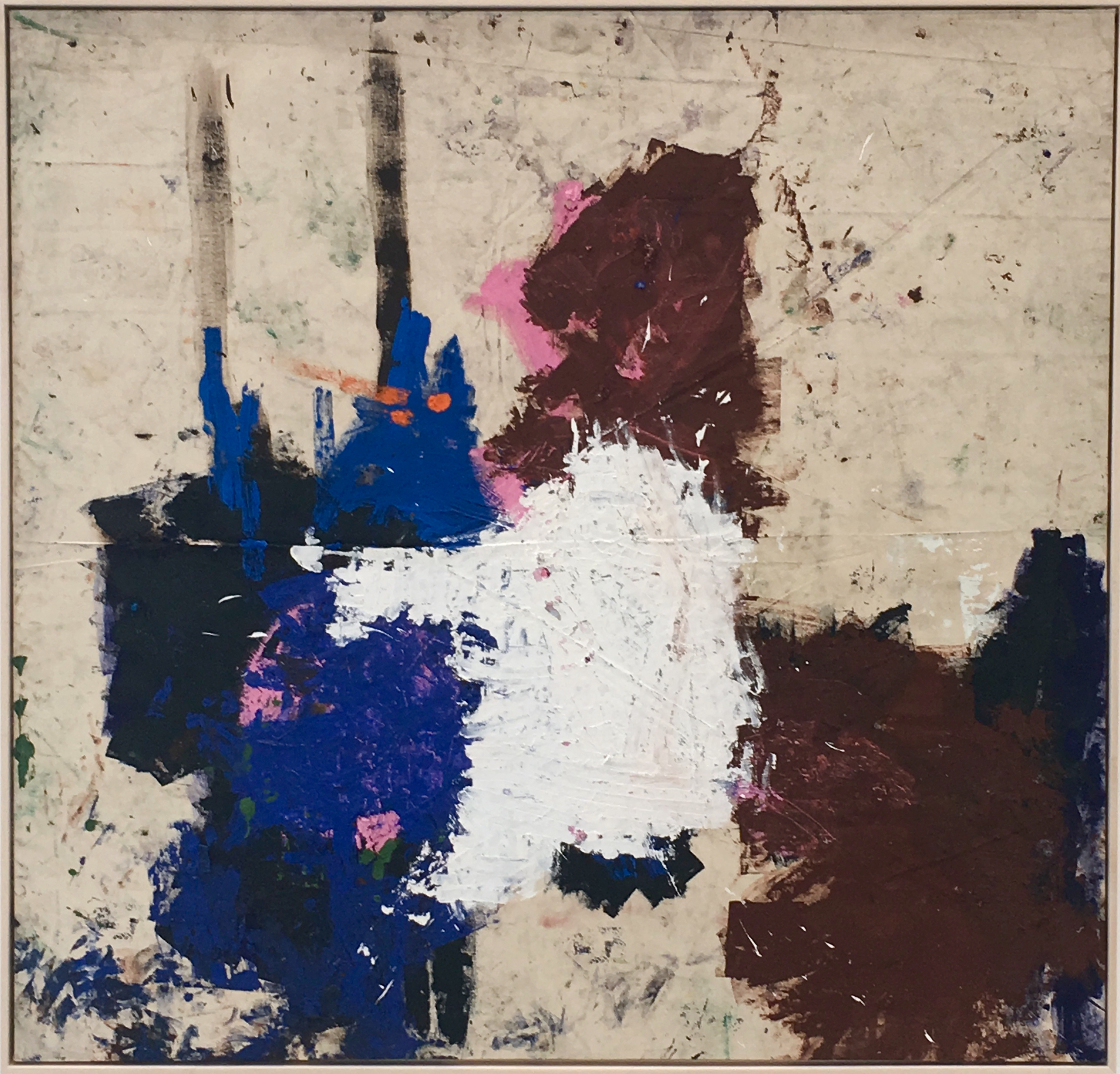
SOI COWBOY, 2017
Darren Almond
FROM ‘HEMISPHERES AND CONTINENTS’ AT MATTHEW MARKS, FEB 2013


Zoe Leonard
FROM ‘ANALOGUE’, AT HAUSER & WIRTH LA, OCT 2018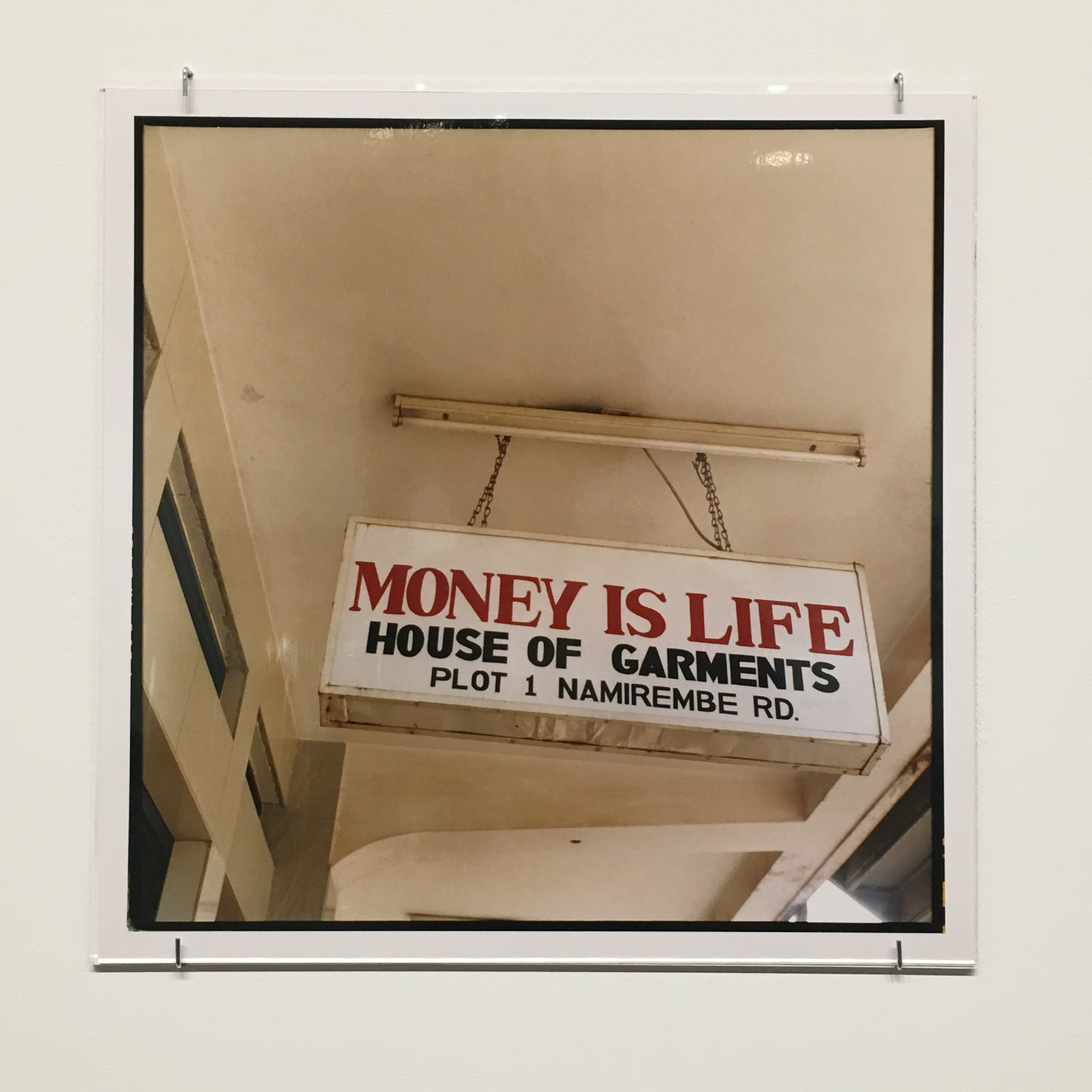

Sato Tokihiro
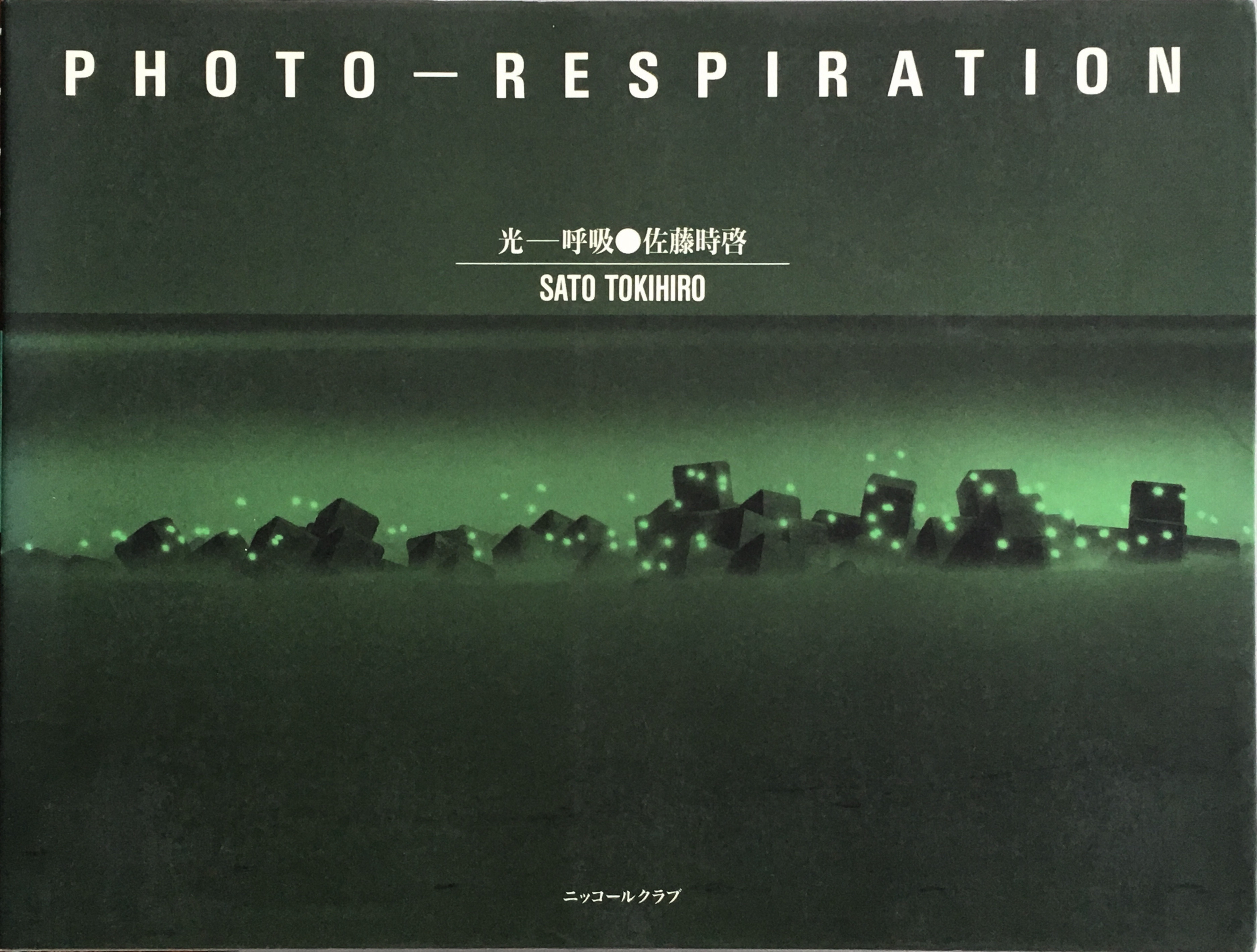
NIKKOR: TOKYO, 1997
LESLIE TONKONOW, NY 2005
![]()
![]()
![]()
![]()
![]()
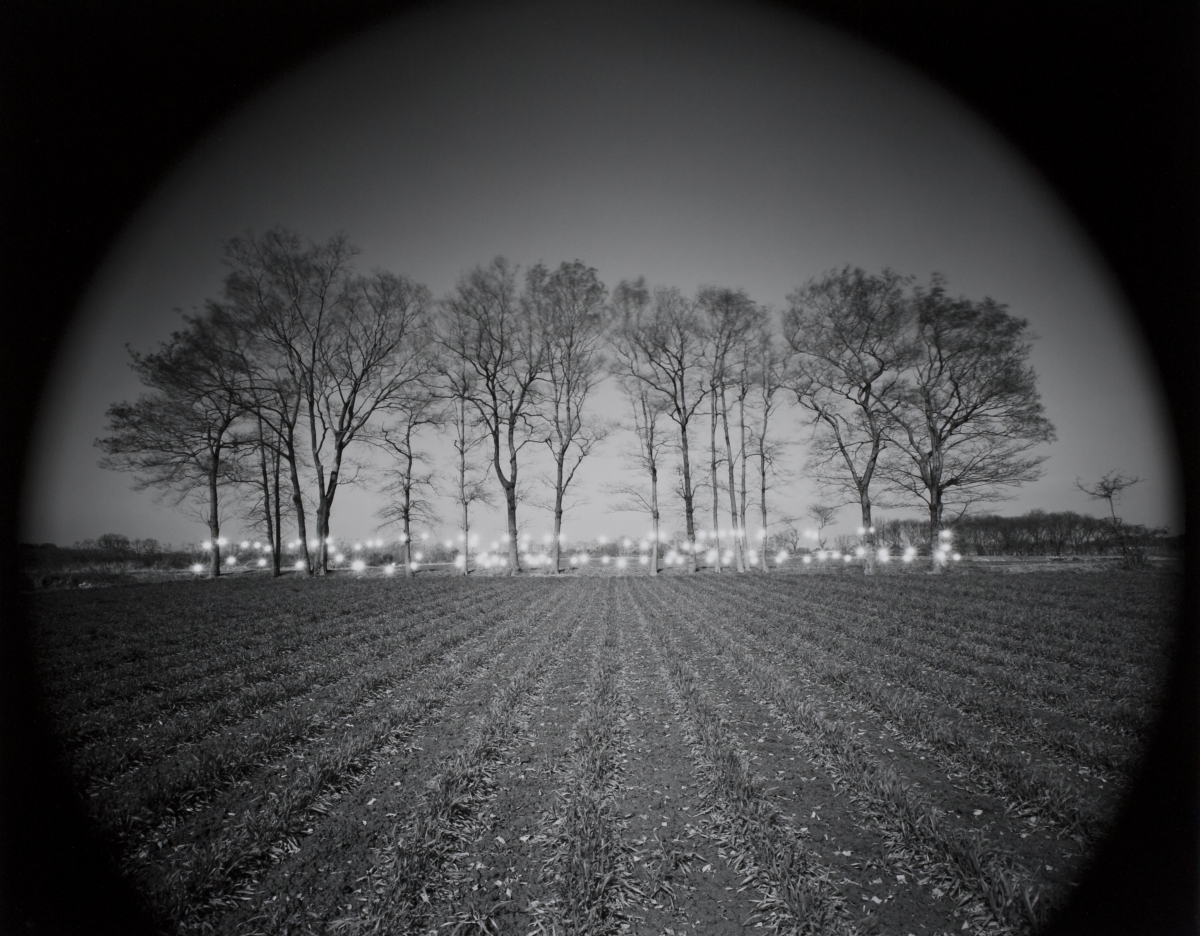

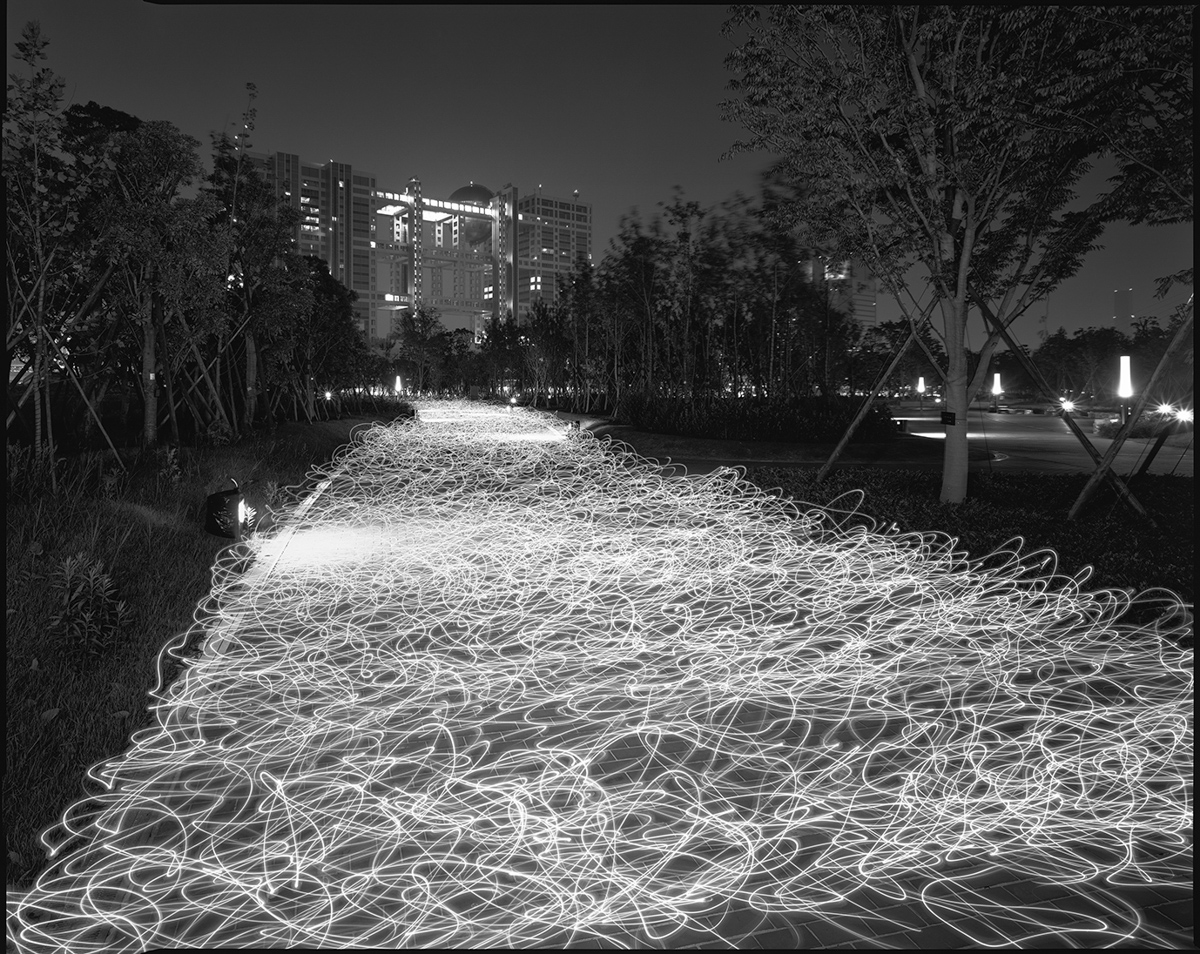
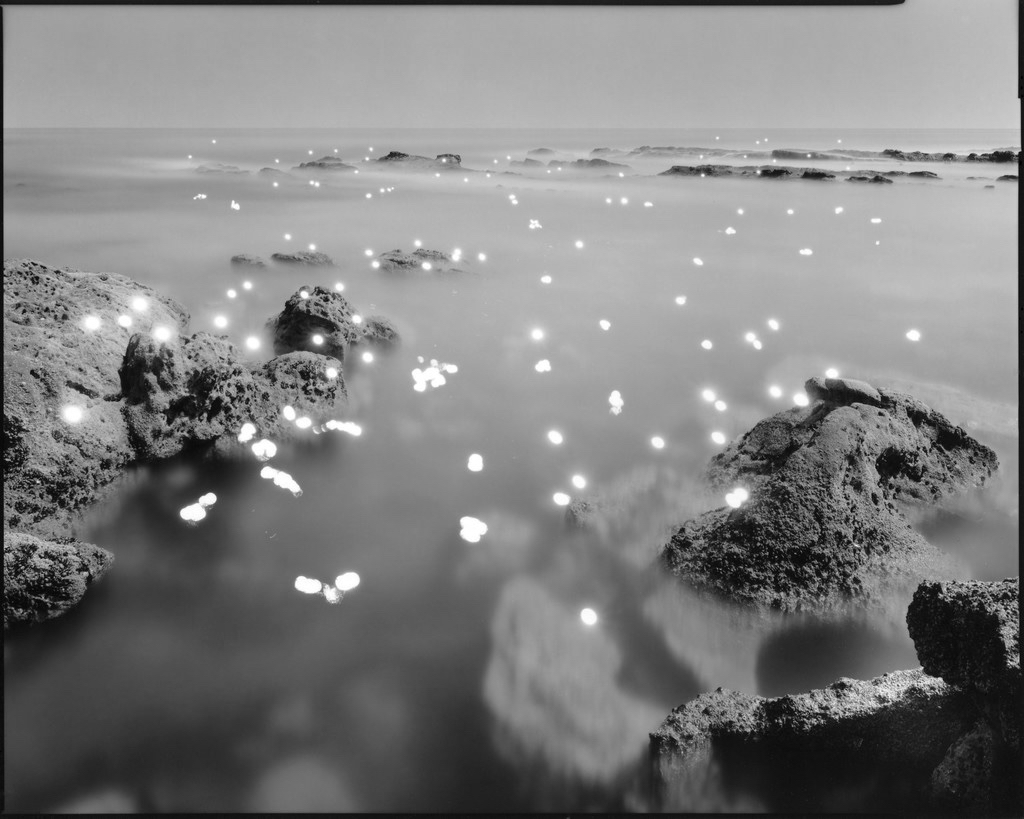

Lisa Sanditz
FROM ‘SEASON TICKETS’ AT CRG GALLERY, 2003

Elizabeth Murray
Art21 - Episode #175, 2002
Elizabeth Murray (1940-2007) is shown working on the large-scale painting "Bop" (2002-03) in her Manhattan studio.
Frank Stella


“They started gathering bones together along the shore. Gathering is peculiar, because you see nothing but what you're looking for. If you're picking raspberries, you see only what's red, and if you're looking for bones you see only the white. No matter where you go, the only thing you see is bones. Sometimes they are as thin as needles, extremely fine and delicate, and have to be handled with great care. Sometimes they are large, heavy thighbones, or a cage of ribs buried in the sand like the timbers of a shipwreck. Bones come in a thousand shapes and every one of them has its own structure. Sophia and Grandmother carried everything they found to the magic forest. They would usually go at sundown.”

“Once the arrangement of objects had settled down, I felt that I was finally ready to establish myself in this place. “This is where I will live,” I thought to myself. Perhaps it was because I’d now developed a feeling for the passing of the seasons in our new abode - as if each new house, each new neighborhood contained its own unique experience of the passage of time.”
Mike Brodie
FROM ‘A PERIOD OF JUVENILE PROSPERITY’, AT YOSSI MILLO, JAN 2013






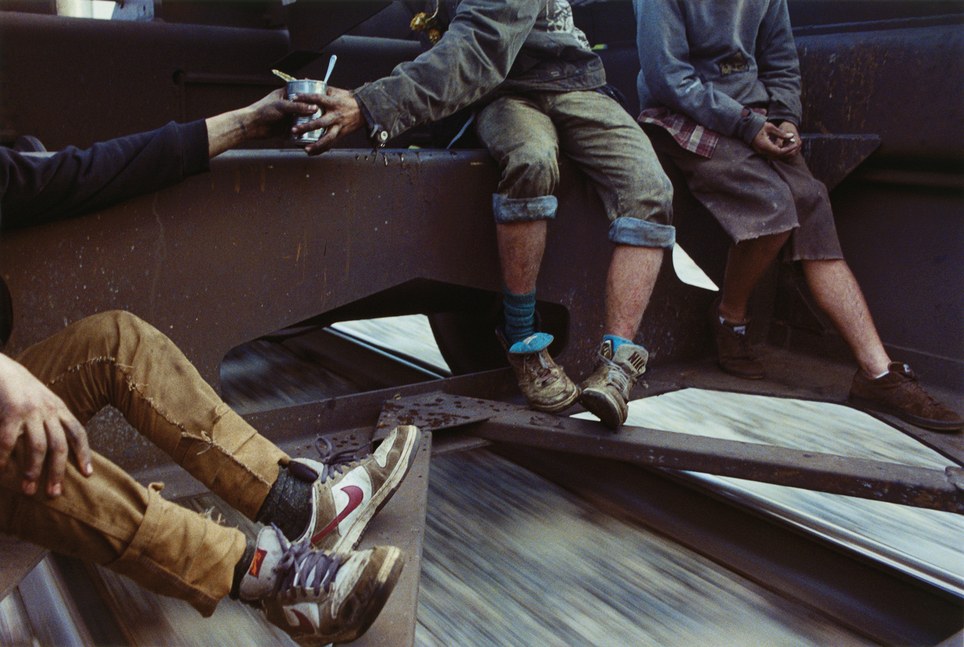





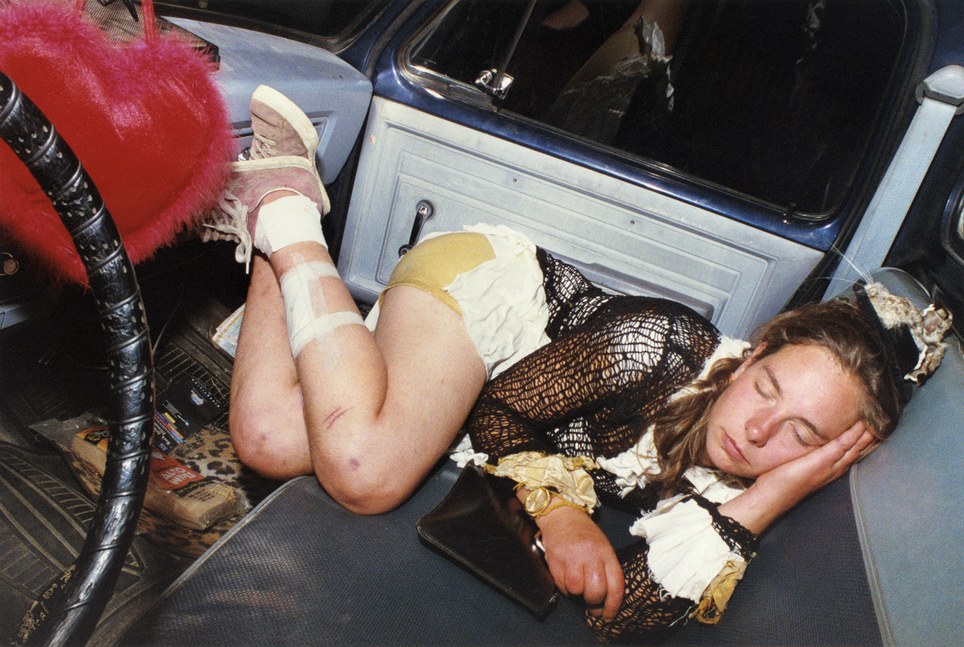
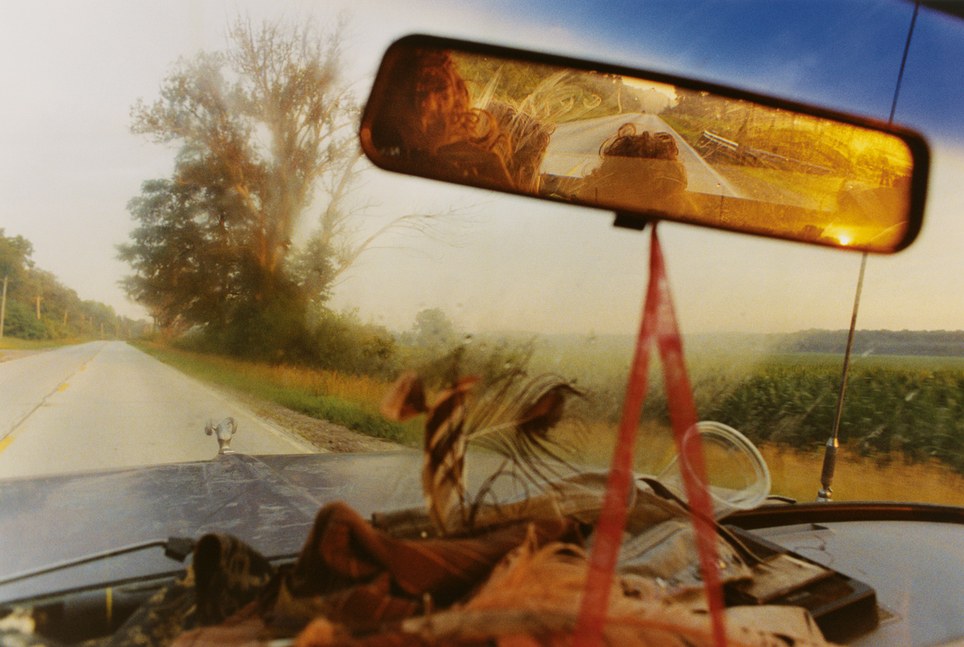
Lucy Levene
FROM ‘MARRYING IN (PLEASE GOD BY YOU)’, AT MILLER GEISLER, 2007
Rineke Dijkstra![]()
Jean-Marc Bustamante
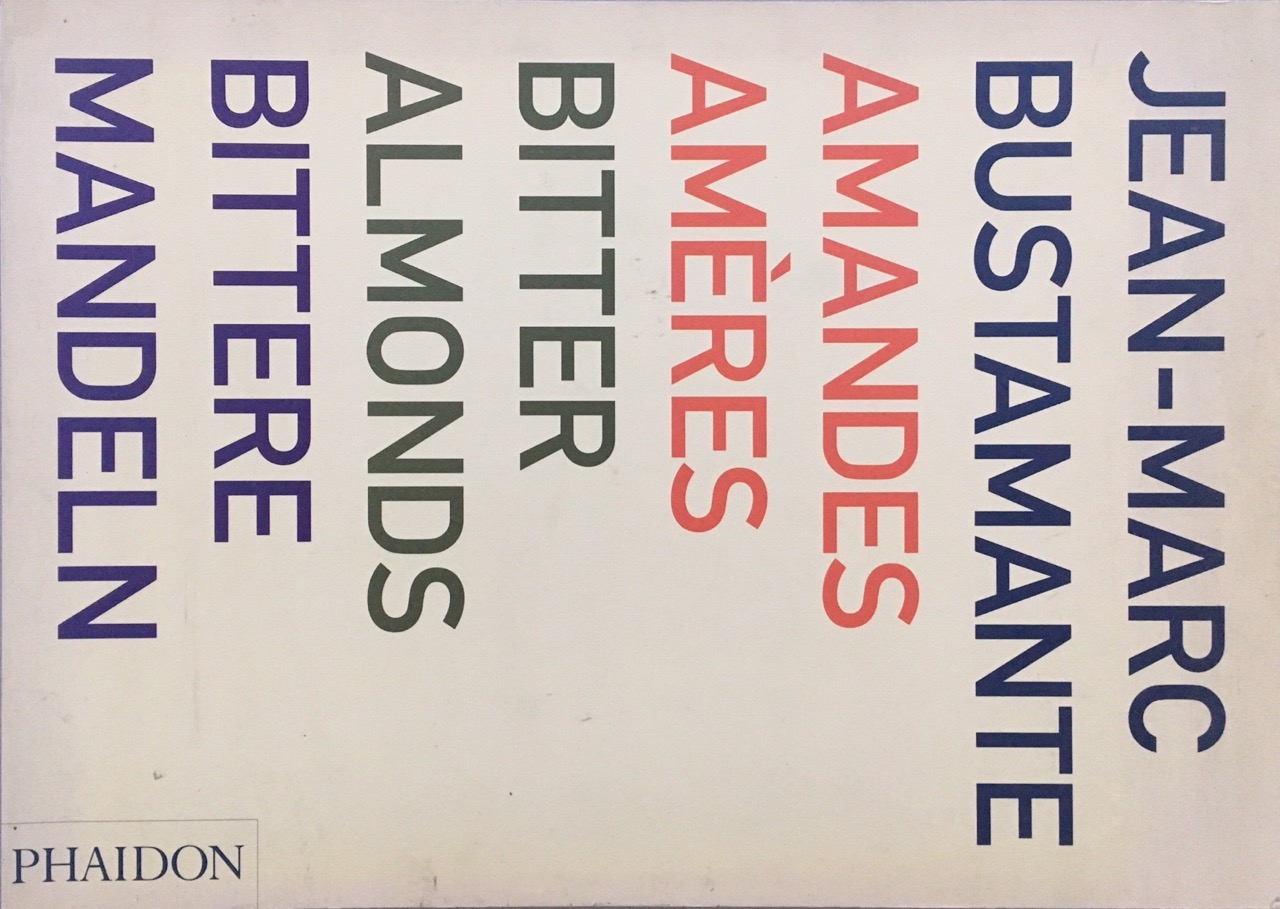

Abisag Tüllmann

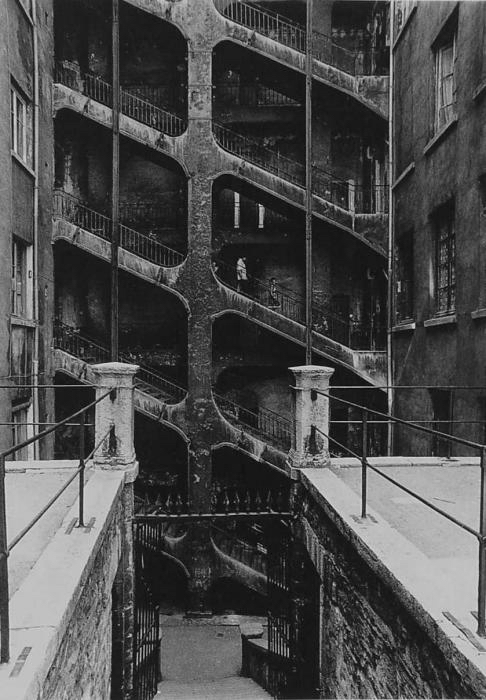
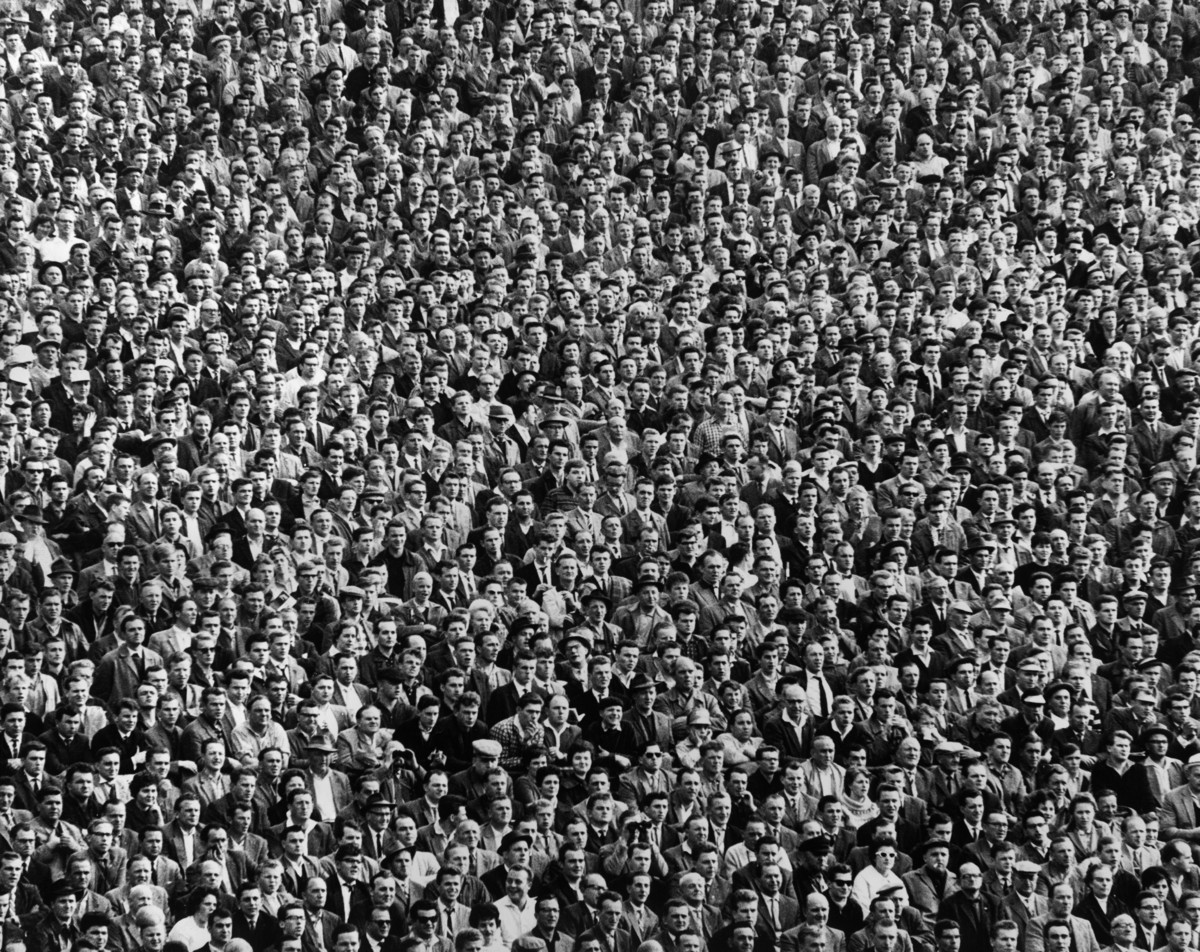
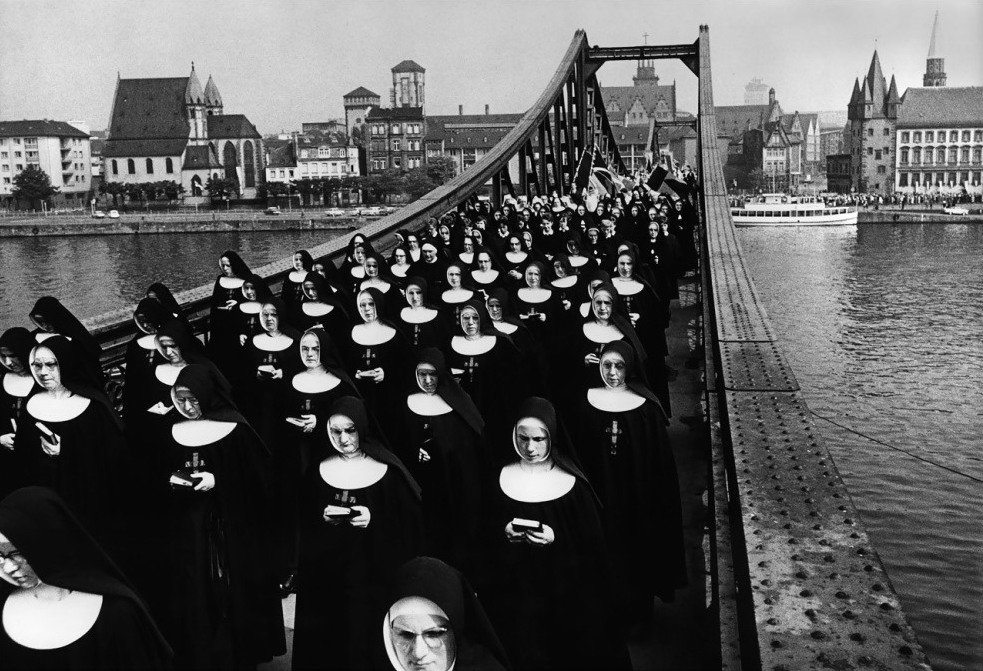

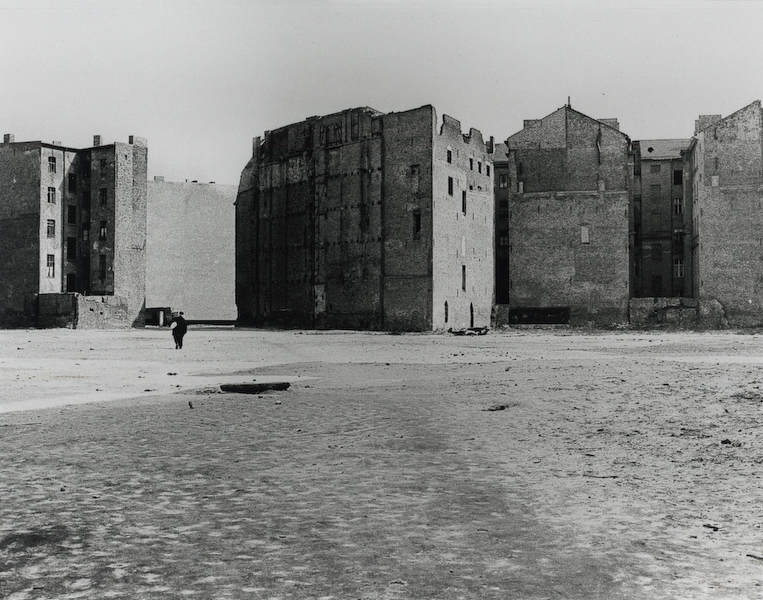
MUSEUM FÜR MODERNE KUNST, FRANKFURT, 1995
Bruno de Almeida
The Debt, 1993, 12 min.
BEST SHORT FILM - LA SEMAINE DE LA CRITIQUE, CANNES, 1993James Cox
Atomic Tabasco, 1992, 10 min.
NYU student filmGreat short, and because Elenore Hendricks takes good pictures.
